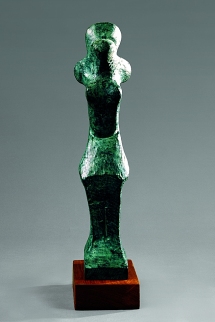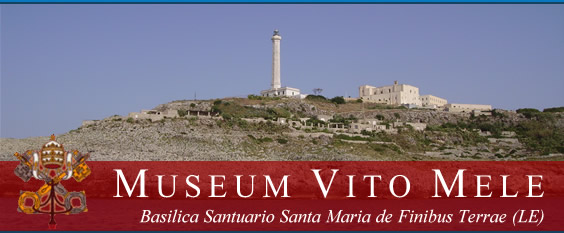|
|
| |
|
|
| |
Artisti / Artists : Museum Vito
Mele |
|
|
| |
 |
Norman Mommens |
|
|
|
.Nasce ad Anversa, Belgio, nel 1922, da padre
fiammingo e madre inglese. Studia nella scuola
di Architettura ed Arti Visive di Amsterdam con
H. Th. Wijdeveld. La guerra e due anni di lavori
forzati in Germania interrompono gli studi. Nel
1949 si trasferisce in Inghilterra dove decide
di dedicarsi alla scultura. I successivi traslochi
sono ispirati dalla voglia di lavorare le pietre.
Abita in Cornovaglia, Carrara, El Vendrell (Catalogna)
e Naxos. Nel 1970 visita il Salento e se ne innamora.
Con sua moglie, la scrittrice Patience Gray, si
stabilisce nella Masseria Spigolizzi da
lui restaurata, affrescata ed abbellita di sculture.
Diventa un punto di incontro di tutti gli artisti
del Capo di Leuca e della provincia, ma anche
di artisti provenienti da tutto il mondo, i quali,
grazie alla sua presenza e alla sua guida, hanno
l’opportunità di scoprire il Salento
più autentico. Il rifiuto di tutte le comodità
della civiltà moderna (la luce elettrica
e conseguentemente il telefono, il televisore,
il frigorifero, ecc.), e la necessità di
un ritorno alla natura con i suoi ritmi, le sue
immutabili leggi, segnano la sua filosofia di
vita e la sua arte.
La battaglia per la difesa della natura lo vede
protagonista, negli anni Ottanta, delle iniziative
di protesta contro la costruzione di una centrale
nucleare sulle spiagge del Capo di Leuca (mitico
il suo No al cacafusto tossico!). Con un suo fumetto
satirico (Coppula tisa), che ha come protoganista
una lucertola, mette alla berlina i vizi di politici
e affaristi.
Le sue opere sono state in mostra alle Biennali
di Carrara e Venezia. Ha scritto vari studi sull’arte
e sulla cultura contadina salentina, e il saggio
Remembering Man. Muore a Spigolizzi nel 2000.
|

MINERVA,
s.d. (undated)
bronzo, h. cm. 44
|
|
|
|
| |
|
|
| |
|
 |
Norman Mommens |
|
|
Norman Mommens was born in Antwerp in 1922
to a Flemish father and English mother. He studied
in Holland at the Amsterdam school of architecture
and visual arts run by H. Th. Wijdeveld. The war
and two years of forced labour in Germany interrupted
his studies. In 1949 he moved to England where
he decided to concentrate on sculpture. His subsequent
moves were inspired by the search for stone. He
lived for a time in a quarry in Cornwall before
going on to Cararra, to the home of the sculptor
Fenosa at El Vendrell in Catalonia, and to the
Greek island of Naxos.
In 1969 he visited the Salento and fell in love
with it. With his wife, the writer Patience Gray,
he settled in a masseria which he restored, decorated
with frescoes and adorned with his sculptures.
Masseria Spigolizzi became a meeting place for
artists both from the province and elsewhere in
the
world who, thanks to him, had the opportunity
to discover the Salento in its authenticity. He
refused all modern conveniences - electric light,
telephone, tv, fridge. Man’s need to return
to the rhythms of nature with its immutable laws
was a cornerstone of his philosophy of life and
art.
He was a prime mover in the struggle to protect
and defend the environment, taking part in the
protest movement against the construction of a
nuclear power station on the coast in the Basso
Salento (legendary his No al cacafusto tossico.).
With his satirical cartoon Coppula tisa, in which
the
protagonist is a lizard, he pilloried the peccadilloes
of politicians and speculators. He has shown his
works at Biennale in Carrara and Venice, in Rome,
London and locally in the Salento. He is the author
and illustrator of various books for children
and of the philosophical work Remembering Man
(Edizione Leucasia 1991). He died at Spigolizzi
in 2000.
.
|
|
|
|
|
|
 |





